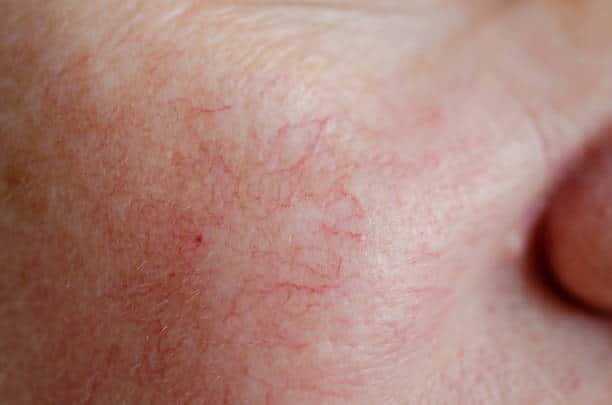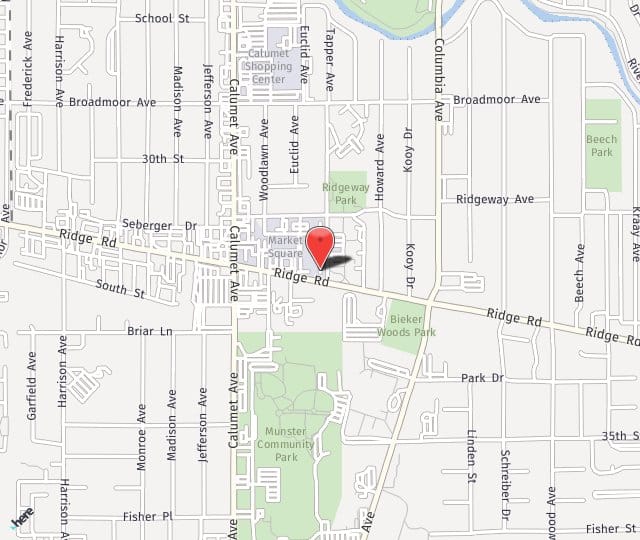What are spider veins?
Spider veins, also known as telangiectasias, are small, thread-like veins that can appear on the surface of the skin. These veins are typically red, blue, or purple, and are less than 2mm (3/32”) in diameter. Unlike varicose veins, spider veins are closer to the skin’s surface, which makes them more visible. Reticular veins are larger and up to 3mm (1/8”) in diameter with a blue-green appearance and are also associated with telangiectasias.
Are there symptoms?
While spider veins are usually asymptomatic (no symptoms), they may cause itching, leg restlessness, aching, throbbing, and even bleeding. Spider veins may be triggered by pregnancy or hormonal changes, and women are more likely to develop them than men. These veins may also be found on the face and chest.
Although spider veins are generally considered to be a cosmetic issue, they can sometimes be just as symptomatic as varicose veins. In some cases, recurring spider veins could be a sign of an underlying venous problem, despite previous treatment or an increase in venous insufficiency symptoms (such as chronic leg aching or ankle swelling at the end of the day).



Treating spider veins with sclerotherapy
At Region Vein, we use a comprehensive stepwise approach to evaluate the health of the underlying leg veins, which may include additional ultrasound assessment. The gold standard for spider and reticular vein treatment is sclerotherapy. This treatment involves injecting a solution (sclerosant) directly into the veins using a very fine needle. The solution causes an inflammatory reaction that causes the lining of the veins to swell and eventually seal off the blood vessel, preventing blood flow. Newer sclerosant medications have significantly reduced the pain, inflammation, and post-procedure discomfort previously associated with vein treatment.
Additional diagnosis & evaluation
It’s important to note that each spider vein may require more than one injection, and some results may take weeks or even months to appear. If you’re experiencing symptoms or concerned about the appearance of spider veins, it’s best to consult with the vein specialists at Region Vein to determine the best treatment options for you.
If you have spider veins, schedule an appointment online or call our office at 219-595-3095. We look forward to hearing from you!


